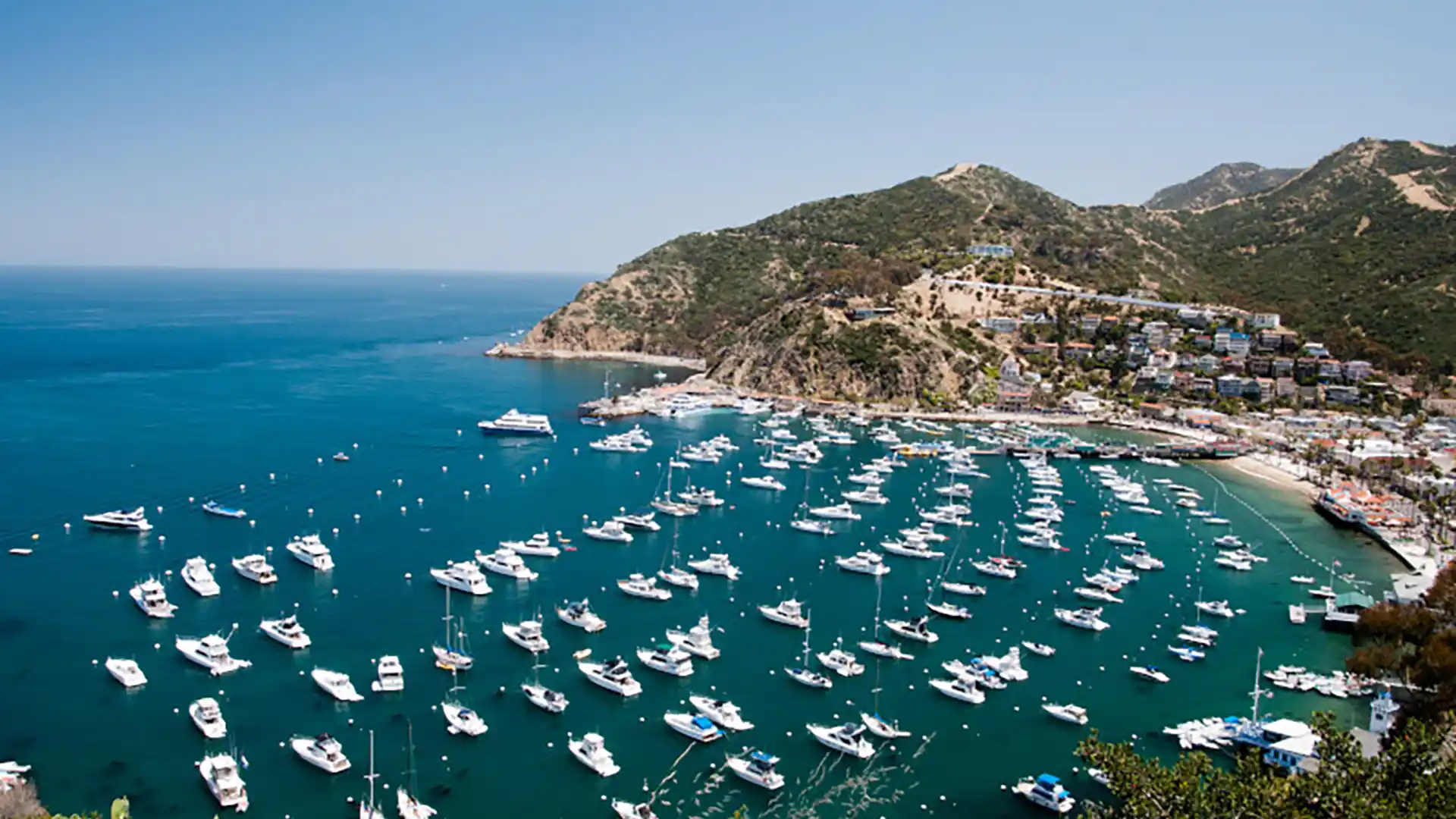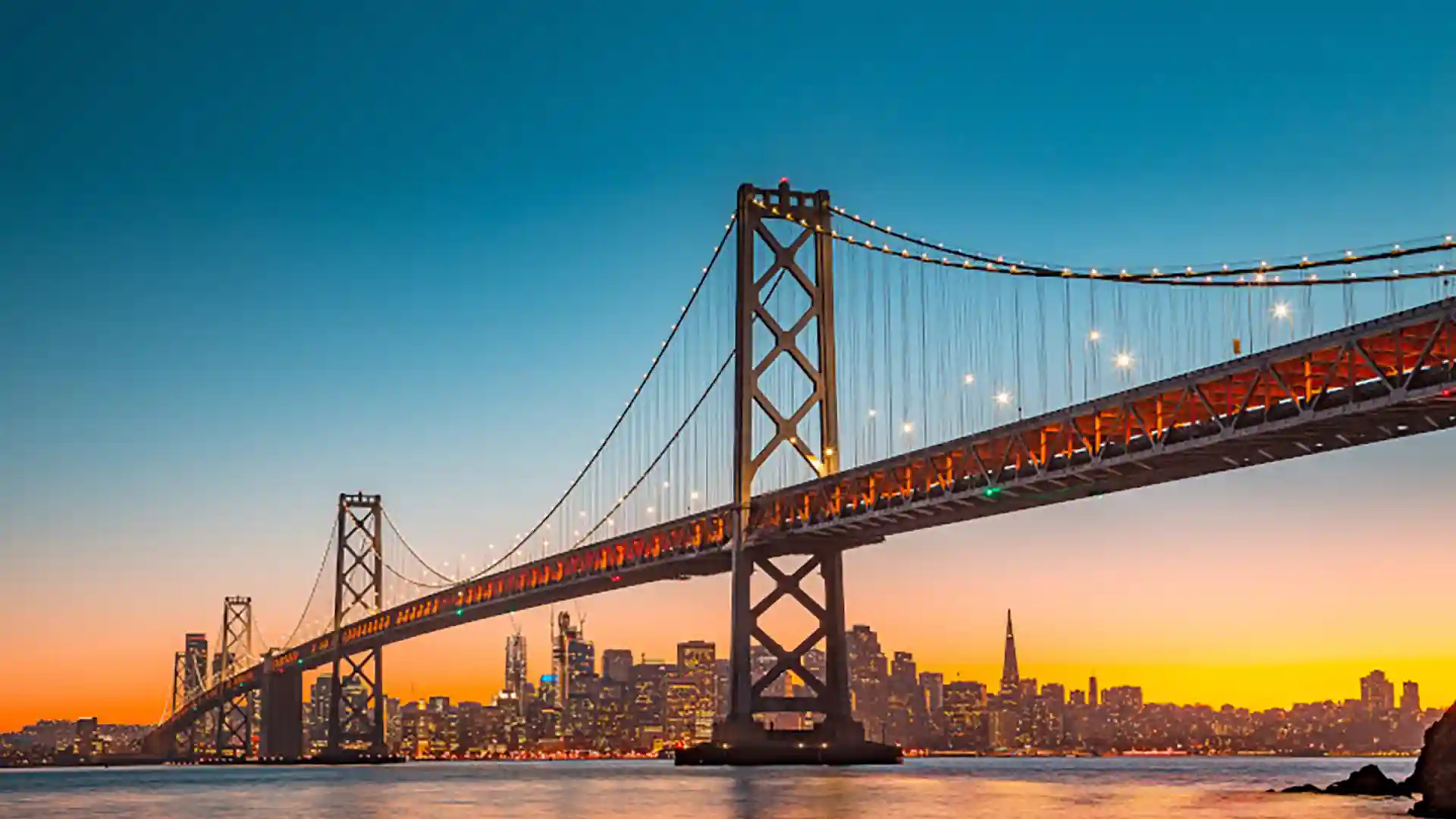Fact & Lore of Half Moon Cay: The History

Half Moon Cay is Holland America Line’s award-winning private island in the Bahamas. Know for its pristine beaches, abundance of family-friendly activities, private villas and cabanas, and unparalleled beauty, there’s a reason why it’s our most popular port in the Caribbean. This series of “Fact & Lore” blog posts about Half Moon Cay takes you deeper into the island’s history, geography and more. Remember that all Caribbean cruises out of Fort Lauderdale include a call at Half Moon Cay, so there are plenty of opportunities to visit this memorable destination.
THE HISTORY
• It’s likely that sometime before 800 AD, the Lucayan Arawak people (also referred to as Taino) arrived in the Bahamas from South America in canoes. They may have come to Half Moon Cay to fish in the lagoon. Island staff have re-created huts in the style that the Lucayan Arawak people would have occupied, tents made of poles and thatch, and these can be viewed on shore during eco-lagoon boat tours.
• The story of Half Moon Cay is an intricate one that dates back centuries and includes long periods when the island was uninhabited. Much of the history has been forgotten. Did pirates roam the shores, drawn by the abundance of bonefish in the lagoon and perhaps seeking places to bury their treasure? In unexplored territory of the island, their secrets remain hidden.
• Lucayan Taino people were the first to inhabit the Bahamas. Related to the Arawak people, they likely arrived by canoe from South America, and may have fished and farmed here as early as 600 to 800 AD. The island’s Lucayan name is Guateo, meaning “distant land.”
• Christopher Columbus landed in the vicinity (the exact whereabouts is subject to intense debate) on October 12, 1492, the first time he set foot in the New World. Oral history, passed on through the generations but unverified by evidence, even has him and his crew stopping by Half Moon Cay.
• There may have been as many as 40,000 Lucayan Arawak people in the Bahamas islands by the time of Columbus. The Spanish enslaved the Lucayans and within 25 years of the arrival of the Europeans, the Lucayan people were wiped out, either through diseases such as small pox or harsh treatment in captivity.
• English settlers came to the uninhabited islands of the Bahamas in the 1640s. They were Puritans seeking religious freedom, and the resided in places including Eleuthera. Great Britain claimed possession of the Bahamas in 1670. In 1718, Charles II granted the islands to the Lords Proprietors of the Carolinas, and they became a British colony.
• It’s believed that Half Moon Cay (Little San Salvador) was uninhabited for centuries up until the 1700s, or possibly in the early 1800s, when the land was granted by the British monarch at the time (perhaps even Queen Victoria) as a reward of sorts. Crown land grants were given to upstanding citizens but also to pirates to encourage them to reform and use their “talents” as privateers or buccaneers.
• England granted land as well to British loyalists who left the new United States of America after the Revolutionary War ended in 1783. Some arrived on Eleuthera, from New England and New Jersey to start a new life farming on the islands. Loyalists from North Carolina and Georgia arrived in places including Cat Island. Some plantation owners brought with them their slaves. Slavery was abolished on the islands in 1838.
• In the 1700’s or early 1800’s there was a small settlement on Half Moon Cay, evidenced by the ruins of old limestone huts on Lighthouse Point, a hillside visited by guests on nature tours. The inhabitants were likely farmers from nearby Cat Island who came seasonally to tend crops and fish in the lagoon – and enjoy the natural beauty of the island. They planted sisal, a species of agave with a fiber that can be used as twine, as well as subsistence crops such as corn. They may have used salt from the island’s two saline ponds to preserve fish.
• The island was uninhabited and without running water or electricity when Holland America Line signed a 99-year lease agreement for the land in 1996. The $6 million purchase price was split between more than 150 individuals, descendants of the original land owner (or owners) – who likely received the land as a crown land grant, from the British monarch. Holland America Line renamed the island Half Moon Cay.
• The name Half Moon Cay was chosen by Holland America Line because it is the name of the ship on the cruise line’s former logo – English explorer Henry Hudson’s Halve Maen (Half Moon). Hudson sailed on that ship to the northeastern U.S. and Canada for the Dutch East India Company. His legacy includes New York’s Hudson River as well as Hudson Bay in western Canada and the Arctic. The two-mile, white sand beach at Half Moon Cay is also half-moon-shaped.
• When Holland America Line purchased the island, it was without any facilities. The cruise company renamed the island Half Moon Cay and immediately spent more than $16 million, building mechanical systems such as electrical generators and water and sewage treatment plants, adding a marina for a safe tender operation and creating the infrastructure to turn the island into a private beach resort for the exclusive use of cruise passengers.
• Half Moon Cay was officially opened as a port of call on December 12, 1997, by Bahamian Prime Minister Hubert Ingraham. He returned to the island in 2008, and again in 2012 to celebrate Half Moon Cay’s 15th anniversary. Ingraham praised the care the line had taken in developing an environmentally sensitive cruise port on a historically significant cay.

From left: Half Moon Cay Property Manager Tony Black; Vice President, Caribbean Relations Matt Sams; Holland America Group CEO Stein Kruse and Resort Coordinator Carlos Forbes on Half Moon Cay for the opening of the 2014 season.
• Since opening the port, Holland America Line and its parent company, Carnival Corporation, have made significant investments to maintain Half Moon Cay as a premier port of call, including the recent addition of a children’s waterpark and luxury cabanas (available to rent). The island experience is Holland America Line’s top-rated destination.
Next in the “Fact & Lore of Half Moon Cay” series is about the nature of the island. Stay tuned…






I m no traveling expert but I will say that the beach there with the white sand and the crystal clear blue water I challenge anyone to find better. Just left there few days ago if I never see another beach I know I’ve seen the best.
Is Ted the donkey still on the island?